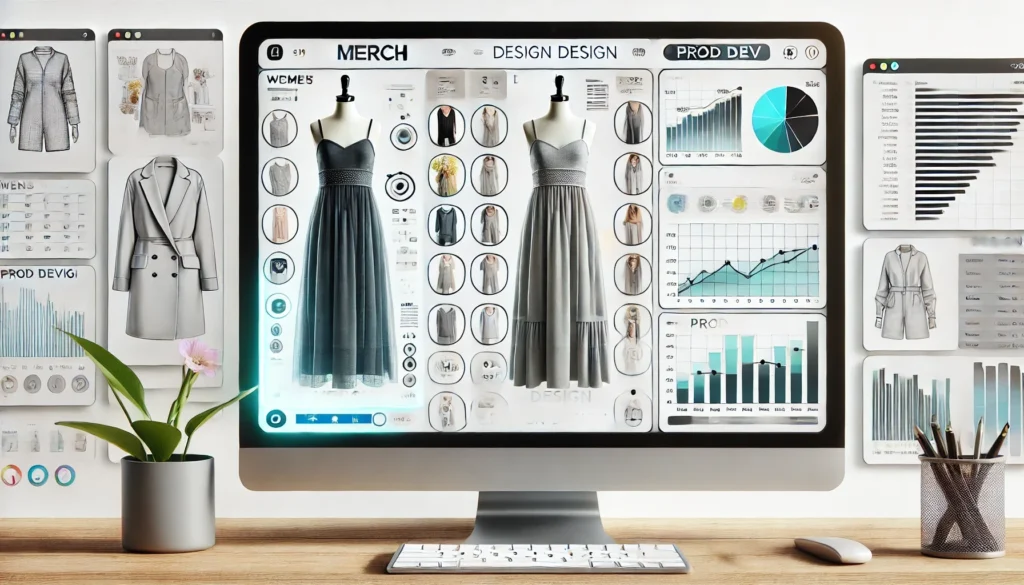In an industry defined by razor-thin margins and ever-shifting consumer trends, effective teamwork is more than a nicety—it’s an operational imperative. When design, merchandising, and product development operate in silos, crucial details slip through the cracks, leading to missed deadlines, margin erosion, and inflated sampling costs. The solution? A culture of collaboration that aligns all teams from day one, ensuring every product concept is both financially sound and brand-aligned.
1. Common Pitfalls of Siloed Workflows
Duplicated Efforts
Without a centralized view of line plans and cost targets, teams can accidentally rework similar ideas or greenlight overlapping styles. This confusion not only wastes development hours but can also undercut margins if your assortment becomes bloated with redundant products.
Late-Stage Fire Drills
When crucial information—like production feasibility or cost constraints—emerges too late, last-minute changes can derail the entire schedule. Some brands report that these eleventh-hour pivots drive up sampling expenses by as much as 20%. Even a single oversight can mean the difference between hitting a profitable launch window or facing markdowns and excess inventory.
2. Strategies to Foster Cross-Functional Alignment
Shared Digital Platforms
Centralizing line plans, sales metrics, and financial targets in one collaborative hub ensures that every department references the same, real-time data. Brands that adopt this approach often reduce redundant sampling and free up budget for higher-impact initiatives, like strategic marketing campaigns or premium fabric investments.
Regular Check-Ins & Milestones
Weekly or biweekly alignment sessions keep every function—merchandising, design, production—tuned in to evolving priorities. By reviewing margin updates, design refinements, and potential supply chain bottlenecks together, teams can address issues early, preserving both timelines and profit targets.
3. Tangible Benefits for the Bottom Line
Fewer Sampling Rounds
Upfront clarity around cost thresholds, feasibility, and market potential can significantly reduce the number of prototypes you produce. Some brands see up to a 20% reduction in sampling rounds when teams collaborate effectively from the outset.
Smarter Resource Allocation
When everyone shares a unified view of the assortment, it’s easier to spot potential hits and weed out low-potential items before they consume precious resources. This not only keeps your line tighter and more on-brand, but also ensures time and budgets are channeled into styles with the highest ROI.
A Cohesive Brand Story
Harmonizing creative ambition with financial realities results in a product lineup that resonates with consumers while maintaining healthy margins. This consistency across categories, price points, and design elements strengthens your overall brand narrative and consumer trust.
Optimize Your Pre-Sampling Approach: Propel Your Brand Forward
For today’s merchandising leaders, unexpected costs and timeline disruptions aren’t just operational headaches—they’re direct threats to profitability and brand equity. By embracing a centralized, collaborative process, you can avoid redundant development, keep everyone aligned on margin goals, and capitalize on trend windows before competitors.
Ready to cut sampling costs and bring profitable products to market faster? VibeIQ’s assortment lifecycle platform consolidates your data, milestones, and team input into a single source of truth—freeing you to focus on growth, innovation, and on-target assortments.
Contact us today to learn how a culture of collaboration fueled by technology can get your brand on path toward greater profitability.



